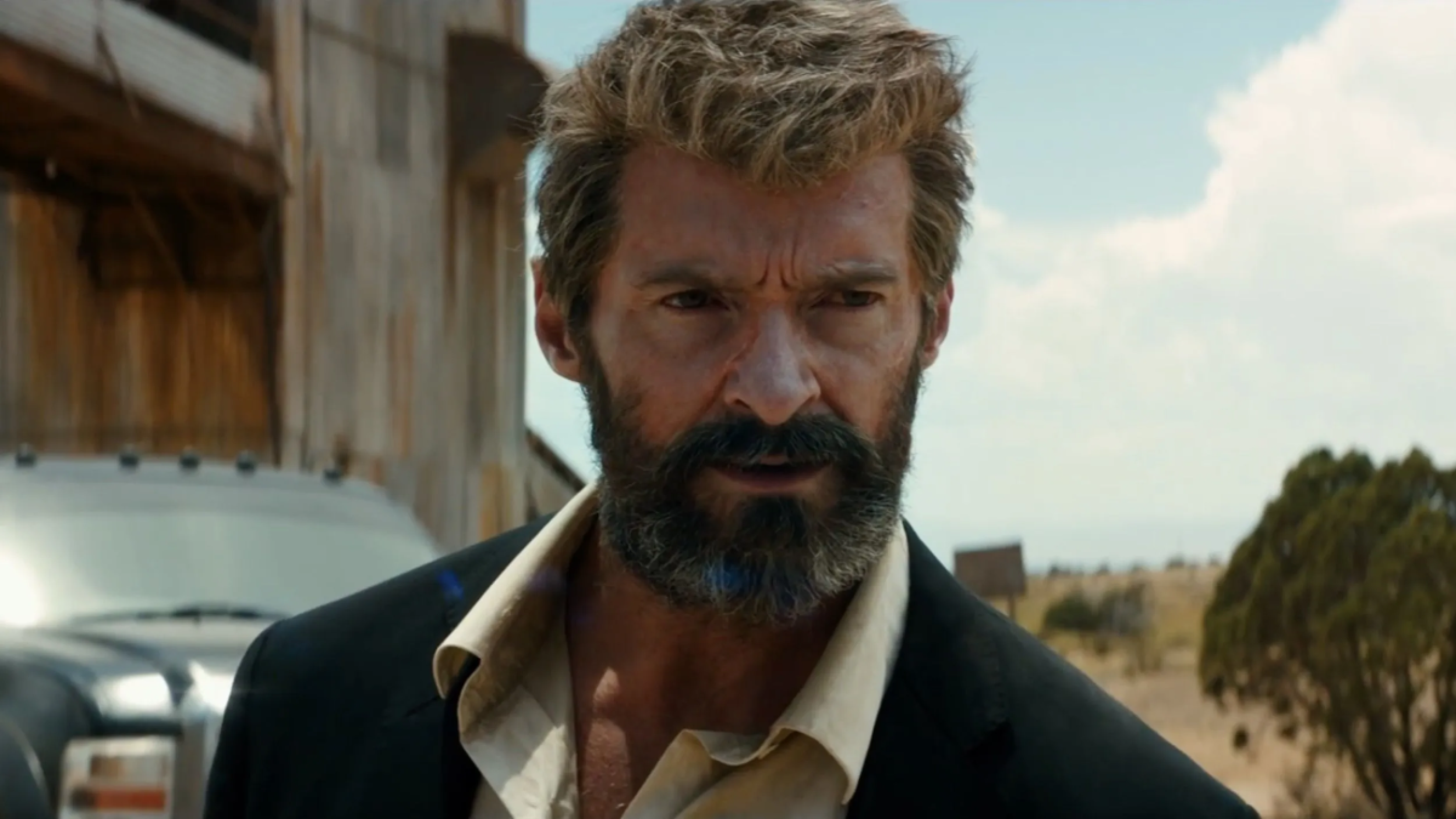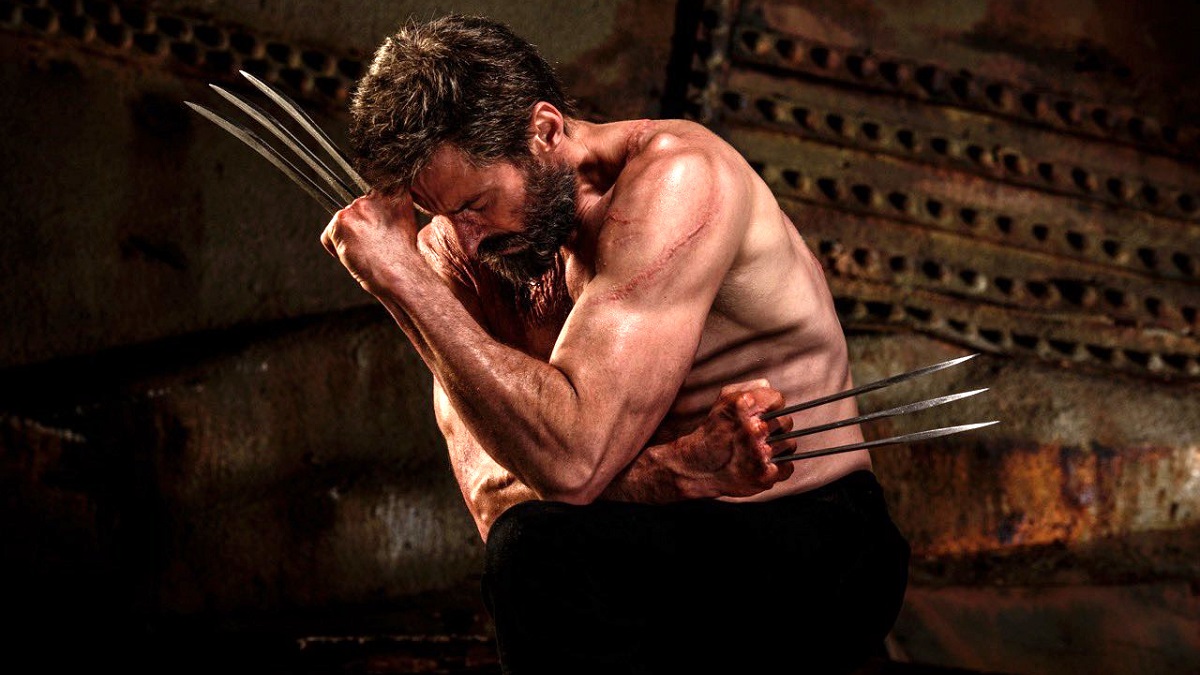The X-Men films are not known for their consistency; in fact, they’re one of the most erratic and unpredictable superhero franchises of all time. Be it in discussing quality or the continuity of characters from one film to the next. Sometimes it helps to be untethered from the continuity of what came before, but other times, it raises so many questions that the viewer is distracted.
One of the biggest questions throughout the franchise has to do with Wolverine (Hugh Jackman) and his superpowers. We all know what the clawed mutant can do when he’s at peak performance, but if his solo trilogy has proven anything, it’s that peak performance is hard to come by. There are some films, most notably Logan (2017), where the character’s ability to heal diminishes when he suffers significant injuries. Why? What’s the deal? That’s what we’re here to figure out.
Let’s start with how Wolverine got his powers. If we’re to go by the films, the first time the character unleashed his claws was when he was a boy in the prologue of X-Men Origins: Wolverine (2009). This confirms that Wolverine is a mutant and was therefore born with a gene that gave him retractable bone claws and instant healing abilities. The bone clothes get coated in adamantium during the second half of X-Men Origins, and it’s only because of Wolverine’s aforementioned healing abilities that he can survive the procedure.
How did Wolverine lose his powers?

Wolverine’s powers start to diminish in The Wolverine (2013), which occurs decades later. The character is older and gets brought to Japan for a mysterious rendezvous with a man he saved during WWII. While it initially posed as a mystery as to why Wolverine’s powers are giving out and putting him at risk for mortal injury, it’s eventually revealed that the aforementioned man had poisoned Wolverine to steal his powers. However, things don’t work out for the villainous senior citizen, and Wolverine is allowed to go about his life.
Logan is where the concept of Wolverine losing his powers becomes a focal point. It’s revealed, somewhat early in the film, that the character has something in his body that’s poisoning him from the inside out. His healing abilities have diminished, and his claws sometimes get stuck mid-retraction. The reasoning? The adamantium procedure. The same thing that gave Wolverine additional strength is the very same thing that’s poisoning him.
James Mangold, the writer/director of The Wolverine and Logan, talked about the decision to have Wolverine lose his powers during an interview with Collider. “If there was anything I thought I pulled the reins in for myself from, it was just that I felt his abilities had started to expand to the point where I felt he was losing something,” Mangold explained. “I wanted to return him to the confines of his own abilities.”
Those confines culminated in Wolverine’s death at the end of Logan. It was a tremendously satisfying climax for the character and one that is not going to be undone, at least timeline-wise, by his appearance in Deadpool 3. He’ll be younger and less bitter, though we’re not sure where he will be in terms of his powers.

